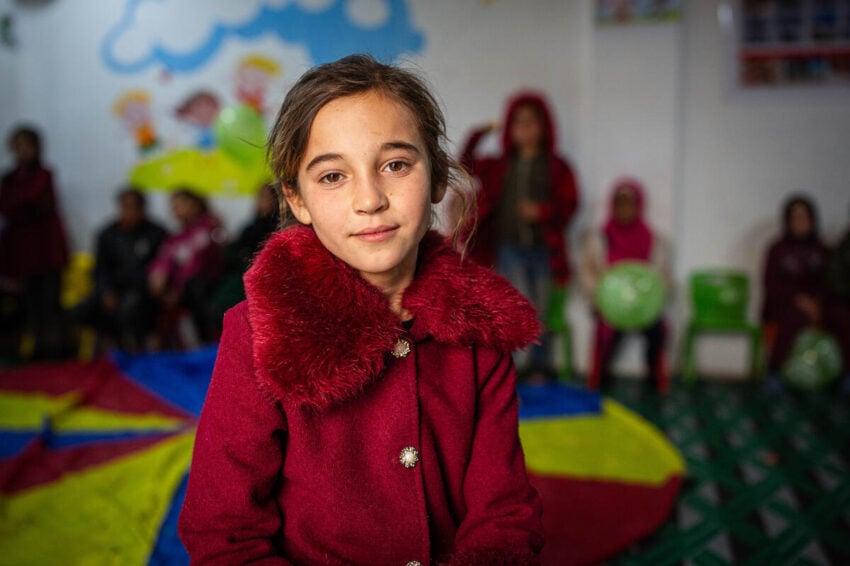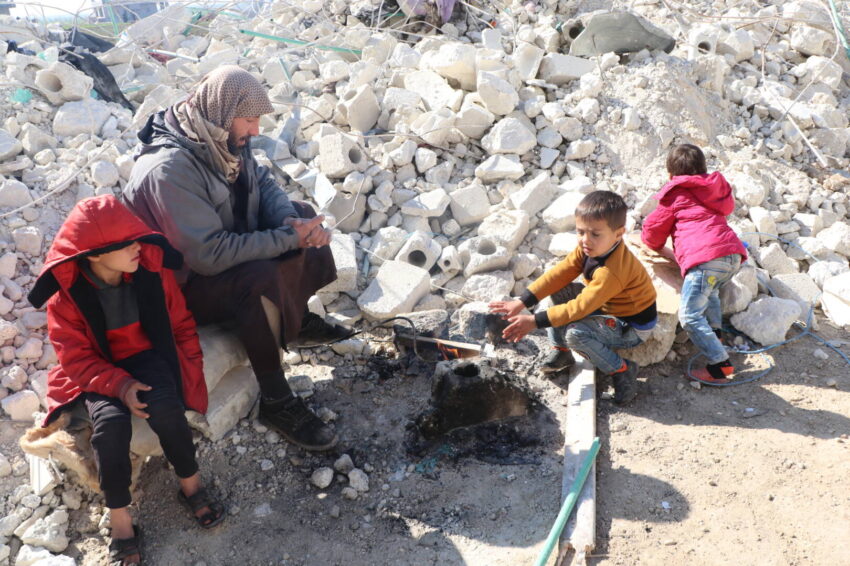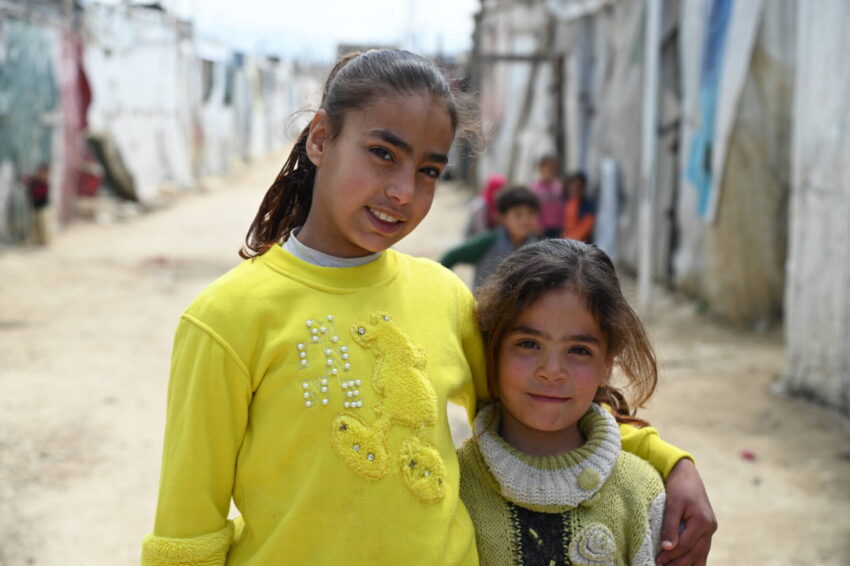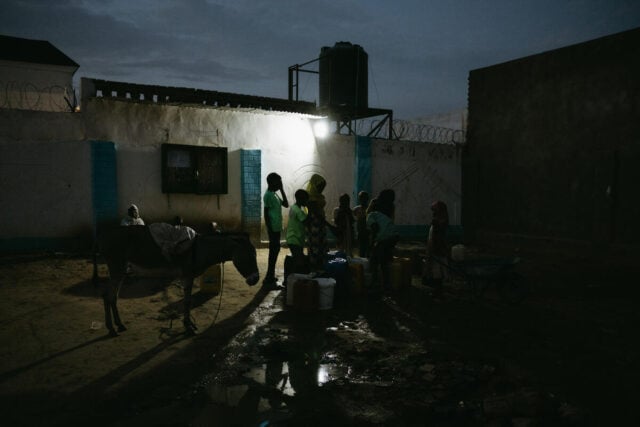As of February 2025, Syria remains one of the largest displacement crises globally, with over 14 million people forcibly displaced since the conflict began in 2011. The children of Syria have endured devastating hardships, including ongoing hostilities, widespread displacement, public health emergencies, and the destructive earthquake of 2023. The escalation of conflict in northwest Syria in late November 2024 has newly displaced 1 million people — the majority children and women — putting their lives and safety at risk.
Syrian refugee crisis: Facts, FAQs, and how to help
- Fast facts: Syrian refugee crisis
- What’s the latest humanitarian situation in Syria?
- Impact of the ongoing conflict in Syria
- How has the 2023 earthquake affected the Syrian refugee crisis?
- Where do Syrian refugees live?
- How has the Syrian conflict affected the children of Syria?
- What is World Vision doing to help people impacted by the crisis in Syria?
- How long has World Vision worked in the Middle East?
- How can I help vulnerable Syrian children and their families?
Fast facts: Syrian refugee crisis
- In 2024, an estimated 16.7 million people in Syria needed humanitarian aid, marking a 9% increase from the previous year, according to U.N. agencies.
- Over 90% of the Syrian population lives below the poverty line as of December 2024.
- Syria has 7.2 million internally displaced people, the highest since the conflict began.
- Neighboring Turkey (officially the Republic of Türkiye) hosts nearly 3 million Syrian refugees, the largest refugee population worldwide.
- As of April 2024, nearly 7.5 million children in Syria needed humanitarian assistance, as reported by the U.N. Children’s Fund (UNICEF).
- Approximately 2 million Syrian refugee children are out of school, with an additional 1.6 million at risk of dropping out.
- A 7.8 magnitude earthquake on February 6, 2023, devastated northwest Syria and southeast Turkey, displacing hundreds of thousands of people.
- The conflict in Syria began on March 15, 2011, escalating from peaceful protests to full-scale violence.
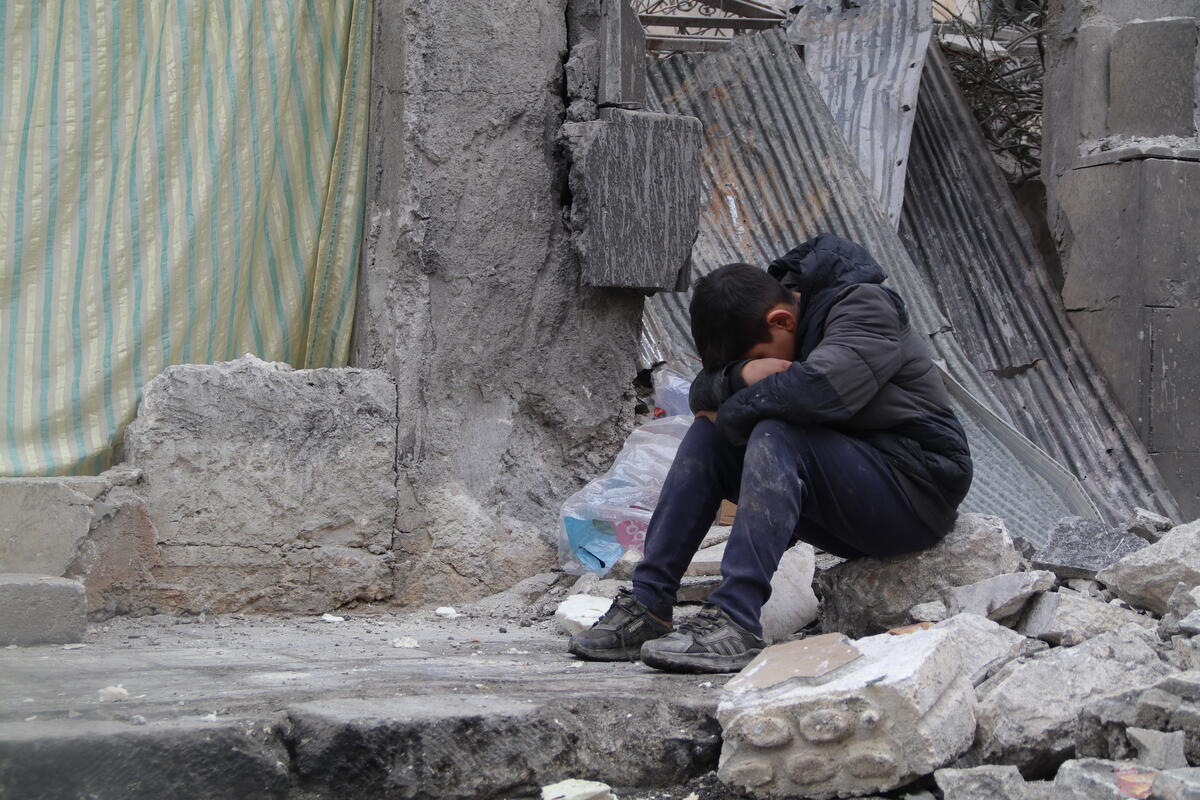
What’s the latest humanitarian situation in Syria?
The escalation of hostilities that began on November 28, 2024, has further strained citizens, infrastructure, and humanitarian access and operations.
According to the United Nations, 1 million people have been newly displaced within Syria, including 155,000 people experiencing displacement for at least the second time. The rapid escalation has left families without vital support as some humanitarian operations have been temporarily suspended. Many families are now seeking shelter in overcrowded camps and centers with limited resources and worsening conditions. In particular, limited access to food, clean water, and sanitation are putting the health of children at risk.
Food scarcity is also a growing concern, with bakeries and markets struggling to operate. Public services and critical facilities, including hospitals, power stations, and water supplies, have been disrupted. Healthcare access is severely impacted as health facilities, including main hospitals, have been damaged or closed.
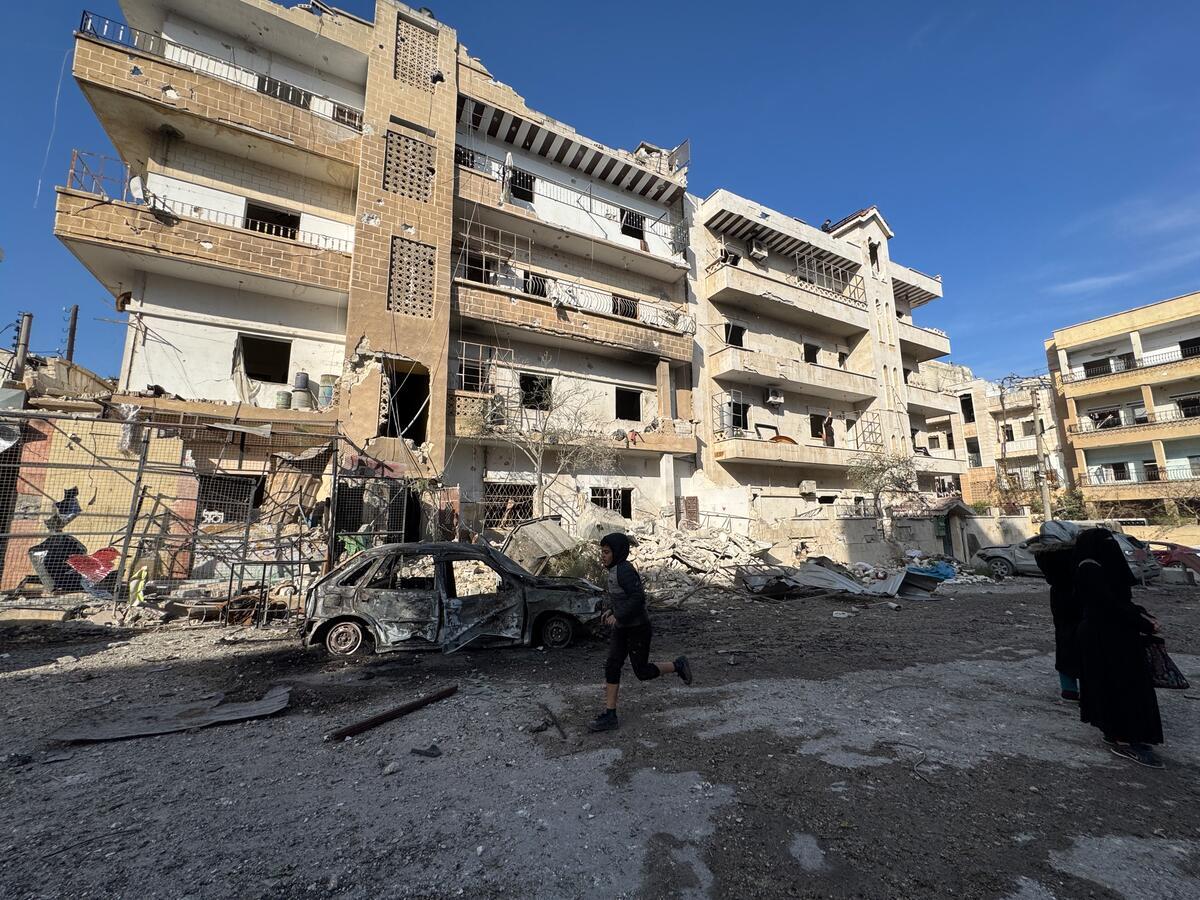
Impact of the ongoing conflict in Syria
The conflict has devastated Syria and its people:
- Loss of life: Hundreds of thousands of people, including civilians, have died.
- Destroyed infrastructure: Many of the nation’s roads, bridges, schools, and hospitals lie in ruins, limiting essential services.
- Economic implications: High unemployment and poverty prevail, with nearly 13 million people facing food insecurity. Nine out of 10 Syrian refugees struggle to meet their most basic needs.
- Displacement: Over 6.3 million refugees are living abroad, and millions of people are internally displaced.
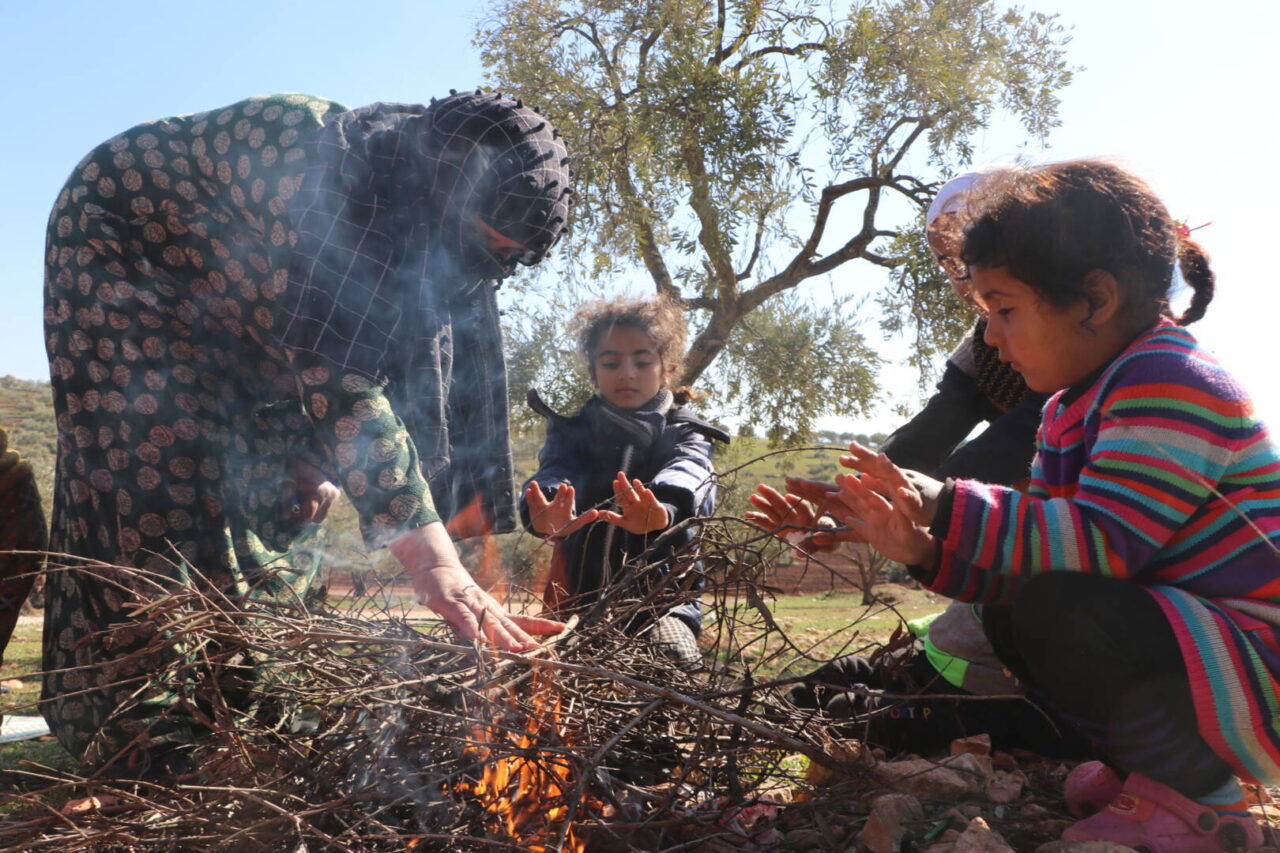
How has the 2023 earthquake affected the Syrian refugee crisis?
The February 6, 2023, earthquake and aftershocks in southern Turkey and northwest Syria deepened the struggles of displaced Syrians. The disaster worsened displacement, elevated hunger levels and malnutrition, and limited access to healthcare and educational support.
Where do Syrian refugees live?
Syrian refugees have sought asylum in more than 137 countries, with 73% hosted by neighboring countries:
- Turkey: Over 3 million Syrians.
- Lebanon: Approximately 784,900 Syrian refugees, with many residing in informal tent settlements.
- Jordan: More than 649,100 Syrian refugees, with some 120,000 people living in the Za’atari and Azraq refugee camps.
How has the Syrian conflict affected the children of Syria?
The war has had a devastating impact on the children of Syria. According to UNICEF, approximately 7.5 million children in Syria urgently need aid, with millions forced to flee their homes as refugees. Many Syrian children have never known a time without war. Here’s how the war in Syria is affecting Syrian children today.
- Displacement: Millions of children live in makeshift camps, overcrowded shelters, or streets, often lacking access to necessities like food, water, and medical care.
- Diseases and malnutrition: Malnutrition, poor sanitation and hygiene, and limited healthcare access make children more vulnerable to diseases like cholera. In poor housing, cold weather increases the risk of pneumonia and other respiratory infections. Lack of access to healthy foods weakens them further.
- Education: An estimated 2.4 million children in Syria are out of school, and many have fallen behind in their education. Recently, 133 schools have been converted into emergency centers hosting internally displaced people, forcing over 68,700 children out of school.
- Child marriage and abuse: Syrian children are more vulnerable to sexual abuse and exploitation in the unfamiliar and overcrowded conditions in refugee camps and informal tent settlements. Families desperate for income may be more prone to arrange marriages for their young daughters in exchange for dowries.
- Child labor: Many children have been forced to work in dangerous and exploitative conditions to help support their families.
- Recruitment of child soldiers: Armed groups and government forces have recruited children to fight in the conflict, putting them in harm’s way and robbing them of their childhood.
- Psychological toll: Many children have experienced trauma, anxiety, and depression and have little access to mental health services.
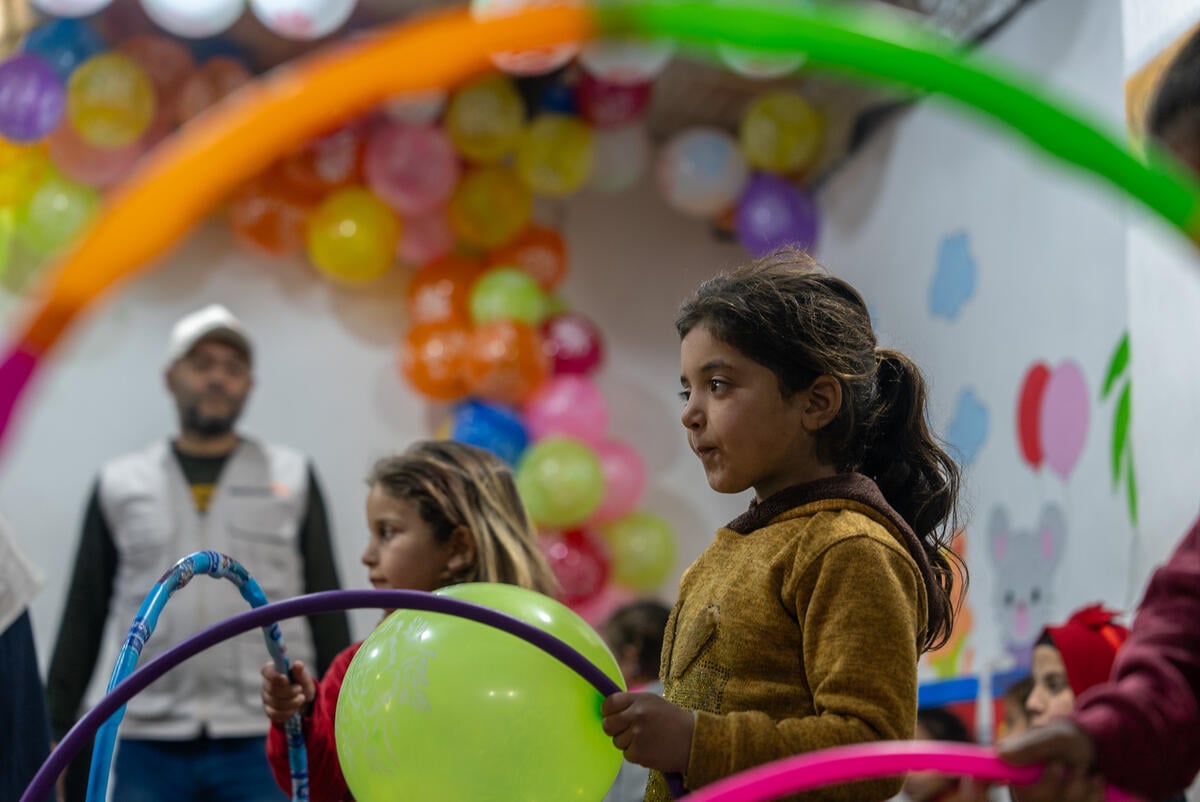
What is World Vision doing to help people impacted by the crisis in Syria?
World Vision is responding to the surge in displacement and humanitarian needs in Syria, collaborating with local partners to reach those most affected.
In 2024, World Vision supported over 1.7 million people, prioritizing the well-being of children and families.
Following the February 6, 2023 earthquake, we launched more than 50 projects in partnership with local organizations, supporting nearly 1.8 million people. Our earthquake response programs covered a range of critical areas, including child protection; water, sanitation, and hygiene (WASH); livelihoods; health; nutrition; education; and more. Some key highlights include:
- In Turkey, our child protection programming called LIFT (Life in Fullness Together) combines psychosocial support, education, and child protection services to promote child well-being.
- Initiatives like Channels of Hope and Celebrating Families in Jordan and Syria work with communities of faith to target the root causes of violence.
- Critical WASH interventions were implemented, including responses to the 2022 cholera outbreak and the 2023 earthquake.
- Technical training, cash-for-work programs, and a cash and voucher program are helping foster family and community resilience.
- Health and nutrition services, especially in northwest Syria and northeast Syria.
How long has World Vision worked in the Middle East?
World Vision has served in the Middle East region for nearly four decades. We’re dedicated to improving the lives of children, families, and the communities where they live through long-term sustainable development and responding to disasters and crises.
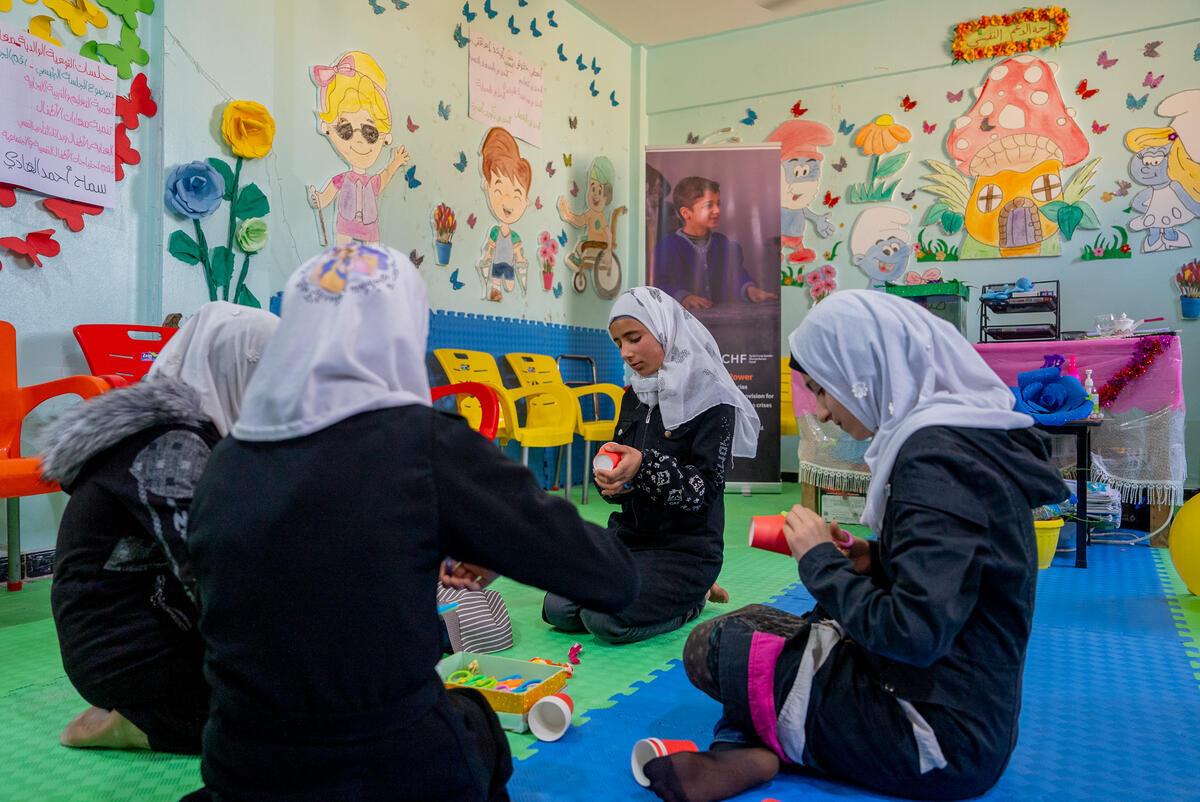
How can I help vulnerable Syrian children and their families?
You can help Syrian refugees by praying for them, using your gifts to support them, and learning more facts about the Syrian refugee crisis.
